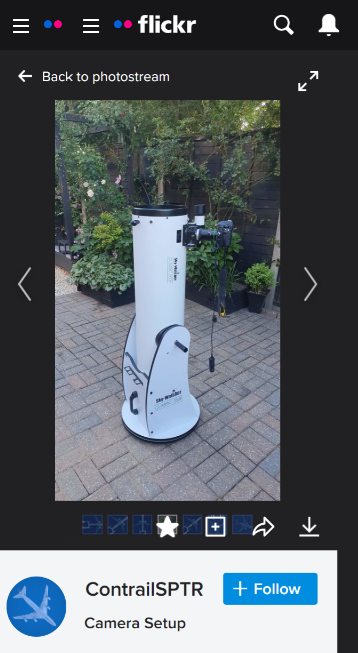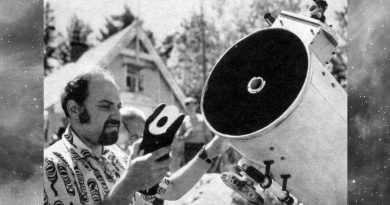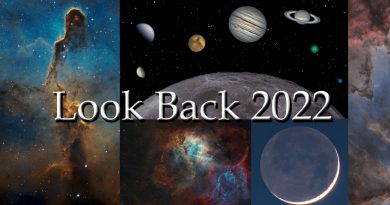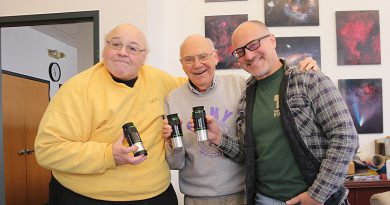Your Tele Vue Social Media Posts

You’ve read our blog, tweets, posts, etc. Now it is time to read what others are saying about Tele Vue products on social media.
In a YouTube review published on the 22nd of January, astro equipment reviewer and NASA Solar System Ambassador Ed Ting discusses his experience with our ultra-portable Tele Vue-60 APO refractor. He goes over the features of this “grab-n-go” scope and describes what an observing session is like. He ends with his explanation on why he would choose this scope to escape the Zombie Apocalypse! Ed is a teacher, writer, and speaker and has an easy-going style you’ll enjoy.

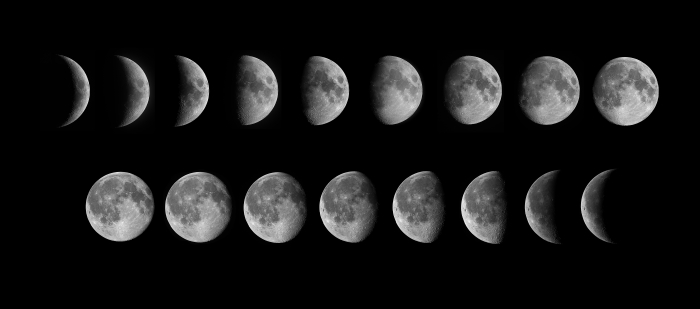
We found out about Ed’s video review when author and photographer Mark Kilner tweeted a link to it and then added some terrestrial and astro images he’s made with his own Tele Vue-60 scope — calling it a “Swiss Army knife of telescopes”.
Our Tele Vue is for the Birds and Tele Vue TV-60 is Not Just for the Birds blog posts explore further what you can do with the Tele Vue-60 scope. See our Tele Vue-60 page on the website (mobile site) for details on the scope.
I enlarged my 12 frame animation I recorded during yesterday's flyby. The Crew Dragon shows surprisingly lots of details like the fins on the trunk section. Very happy!@Space_Station #iss @skyatnightmag @Cmdr_Hadfield #Astrophotography #iss pic.twitter.com/hGVkovBT3k
— Space Station Guys (@spacestationguy) January 28, 2022
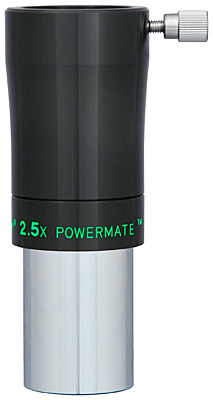
Szabolcs Nagy of @spacestationguy on Twitter (and other platforms) has been observing and lecturing on how to image the International Space Station (ISS) for years. Through his social media accounts and spacestationguys.com website he has amassed a worldwide collection of the greatest ground-based ISS imagery we know of. He was recently featured on the long-running space/astronomy series The Sky at Night program on BBC Four.
He posted one of his latest ISS captures on social media on the 1st of February. In the image tweeted above, he used a Tele Vue 2.5x Powermate to amplify a Skywatcher 10″ Dobsonian scope while imaging with a ZWO ASI224MC color camera. For more on imaging the ISS, see our Szabolcs Nagy: Powermate™ User Profile blog post.
Powermate amplifiers are also used by plane spotters to capture aircraft in the stratosphere (9,000-m / 30,000-ft up) where ordinary telephotos lenses don’t have the reach. ContrailSPTR on Flickr (right) shows us a 10″ Dobsonian with Tele Vue 2x Powermate, PTR-2200 T-Ring Adapter, and DSLR camera ready to image in the atmosphere.
We’ve covered this technique in a prior blog post Imaging in the Stratosphere with Tele Vue! Flight tracking software is used to predict the arrival of an airplane in the vicinity of the observer. The observer views the target on the camera screen and triggers the shutter as the Dobsonian is hand-guided to follow the aircraft. See our Powermate page on the website (mobile site) for details on this amplifier.
かけ際ってどんどん影の形が変わってくるので、1時間半ぐらいでスケッチを切り上げ。
— mitu (@mitu0715) October 14, 2021
アルザッケルが直径100kmだそうです。
東京からいうとちょうど富士山あたりですかね。#astrosketch #astronomicalsketching #astronomicalsketch #moonsketch #TeleVue pic.twitter.com/6Jhq0XTFQ7
Mitu sketches astronomical objects with this Tele Vue-85 from his balcony in Tokyo and posts them on Twitter (@mitu0715). He admits the sky is bright and that would explain why we see he often sketches the Moon. Last October he won the monthly Cloudy Nights Imaging/Sketching Contest for his drawing of adjacent lunar craters Ptolemaeus, Alphonsus, and Arzachel in the southern highlands of the Moon along the zero meridian line. Above is his tweet of the winning sketch.
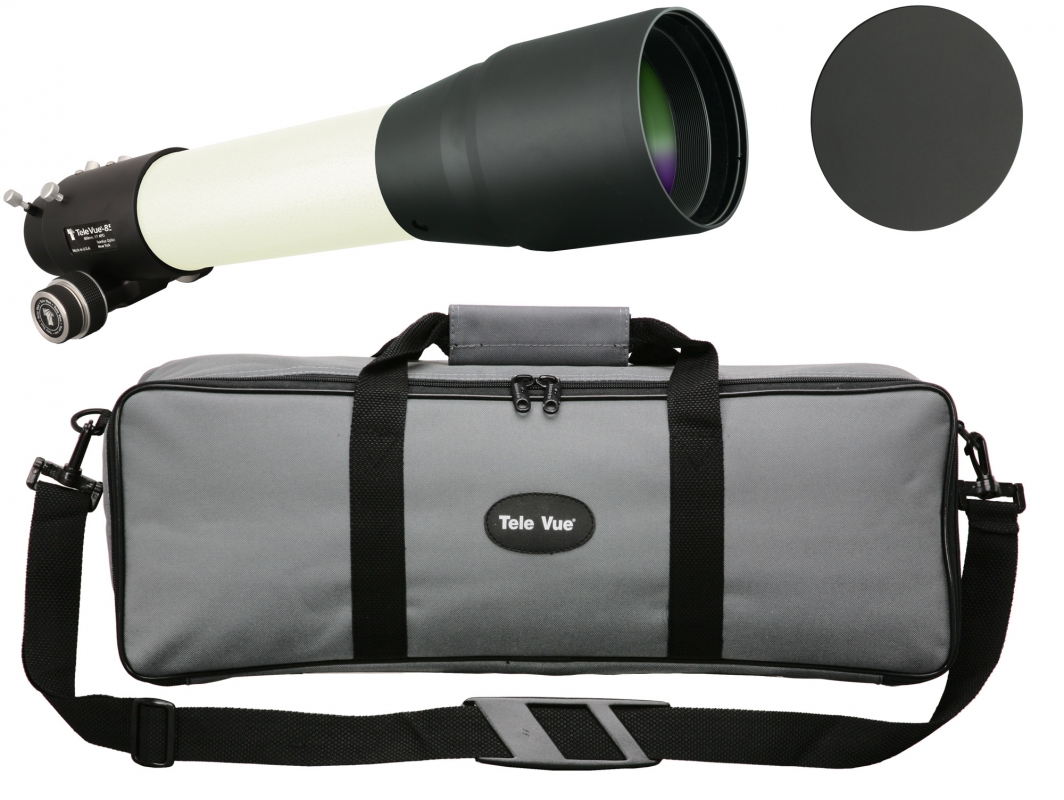
For more info see the Tele Vue-85 page on the website (mobile site).
Looking through the monthly Sketching Winner‘s page, we see that Tele Vue scopes and eyepieces are well represented among the gear used by the winning sketches.
An unexpected benefit of #PI_Daily life is interacting with one’s heroes. Today I got to speak with @TeleVueOptics’ own Al Nagler, who designed the excellent optics for #PUNCH_SMEX WFI. Anyone who knows Al will tell you what a great guy he is. Proud to be working with Tele Vue. pic.twitter.com/Bz7OD0Qipv
— Dr. Craig DeForest (@DrZowie) August 25, 2021
The Polarimeter to UNify the Corona and Heliosphere (PUNCH) is a NASA Small Explorer (SMEX) multi-satellite mission to study the Sun’s outer atmosphere. Tele Vue is supplying the optical lens assemblies for the Wide Field Imager (WFI) cameras that will image the solar wind as it leaves the corona (outermost layer of the Sun’s atmosphere). Principal Investigator Dr. Craig DeForest commented above on his personal Twitter (@DrZowie) account. We discussed Tele Vue’s role in PUNCH-SMEX in the TELE VUE SCIENTIFIC PART 1 Doing Science with Tele Vue Optics blog post.
Social Media Walls
Some social media platforms are made for imaging. These allow their patrons to build a page consisting of a “wall” of images they’ve posted over time. The following are some of our favorite walls.
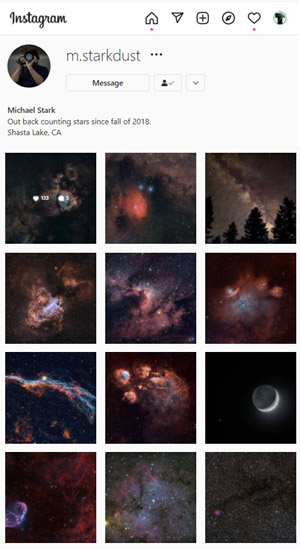
This Instagram wall is filled with images made with the Tele Vue-60is APO, Tele Vue-NP101is APO, and prime lenses. We featured Michael in a blog post: NP101is: Imaging the Skies Over Northern California!
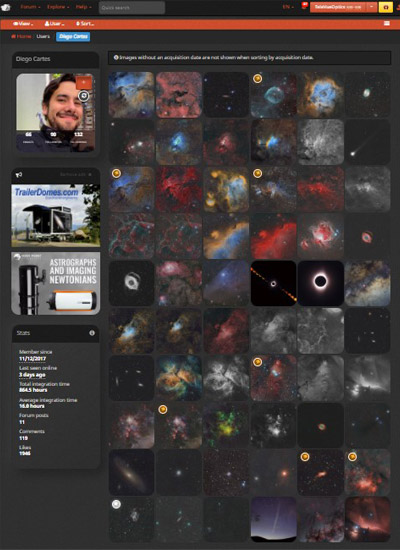
This AstroBin wall contains many images made with the Tele Vue-76 APO refractor. We had displayed Diego’s work in two prior blog posts, the latest being: Tele Vue-76 Gallery: Catching Up with Diego Cartes!
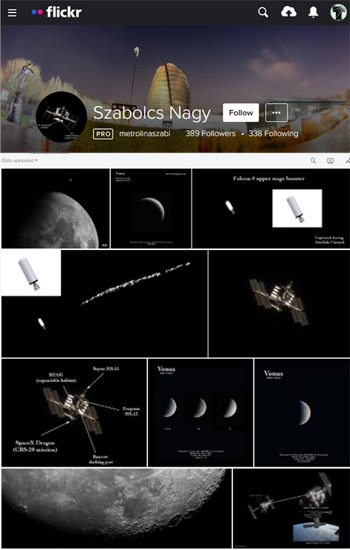
This fascinating flickr wall has images of the International Space Station taken in Earth orbit and juxtaposed near astronomical bodies. Many are made with a Dobsonian scope amplified by a Tele Vue Powermate. Read more about Szabolcs on our Szabolcs Nagy: Powermate™ User Profile blog post.
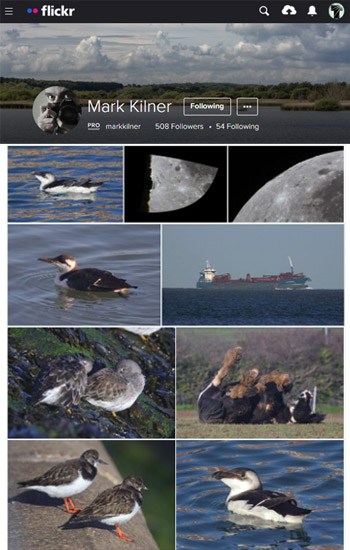
A wall of birding, terrestrial, and astro images taken through the Tele Vue-60 APO refractor. Mark’s work was the topic of our Tele Vue is for the Birds blog post.
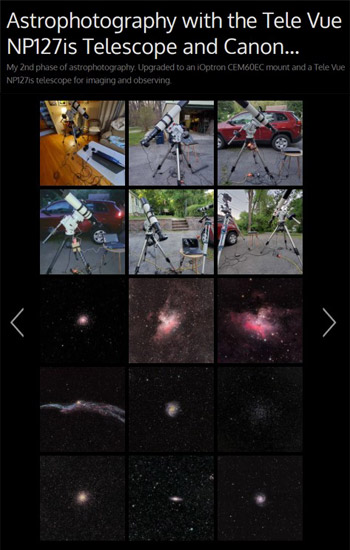
SmugMug gallery of deep-space images made with Tele Vue-NP127is and DSLR camera. Images taken from a driveway in the Hudson Valley of New York. We featured Greg’s work on our blog: NP127is: Imaging the Skies Over Upstate New York!
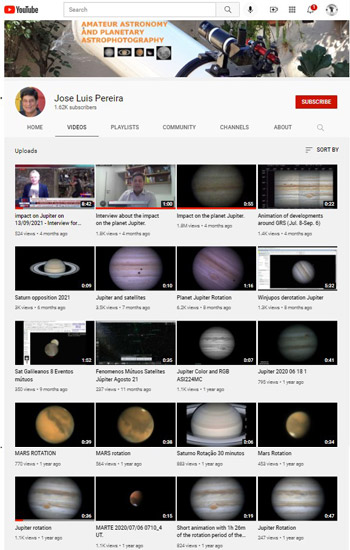
His YouTube video wall features planetary images made through a Newtonian (275mm f/5.3) amplified by our 5x Powermate to achieve f/26.5. Look for the Jupiter impact video that made him world-famous last year!

